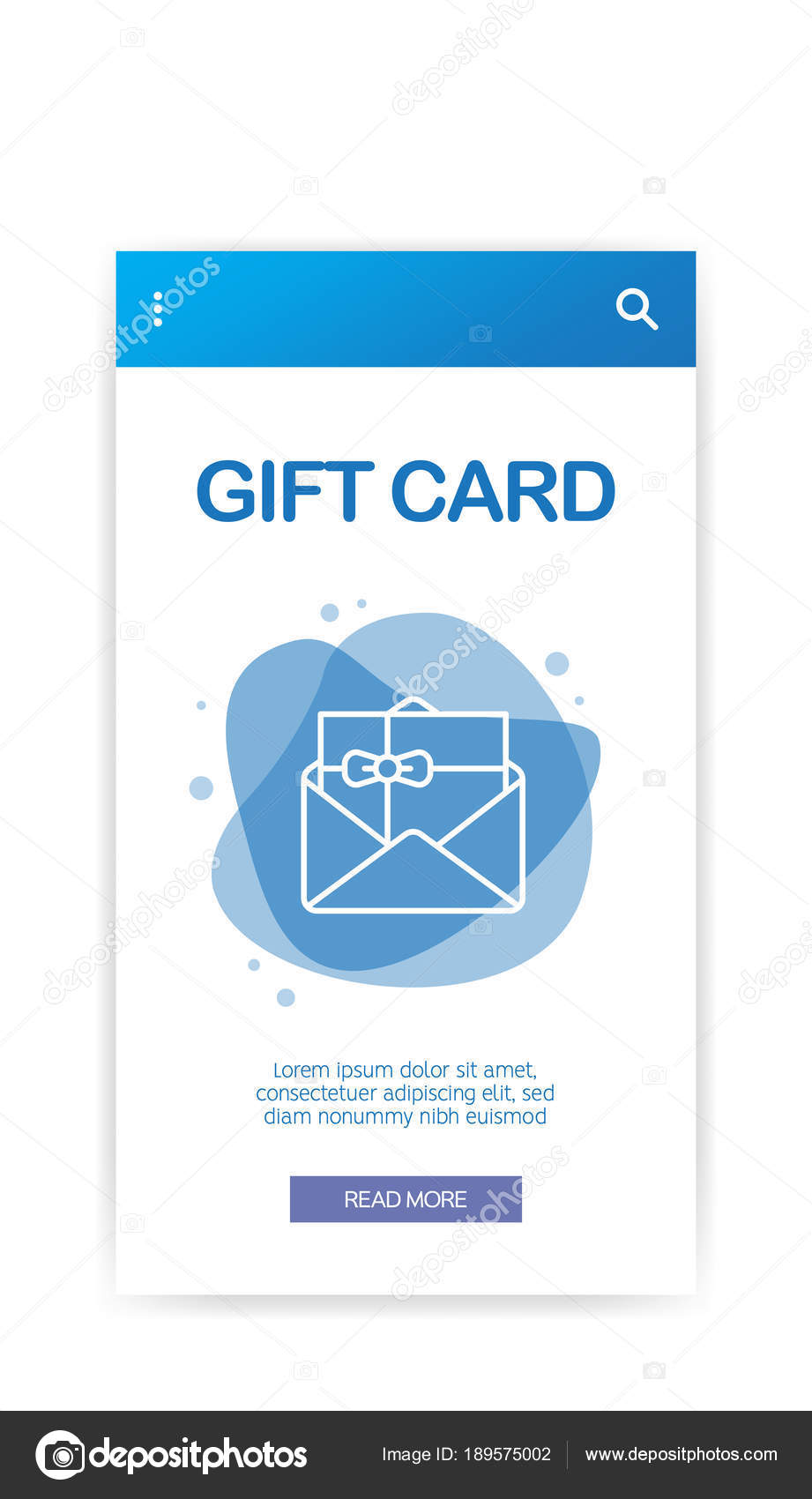Laser inscription is a functional, effective, and secure technique to customize glassware for breweries, restaurants, and extra. However, the inscribing process usually leaves debris that looks and feels harsh.
To minimize this, apply a sheet of paper towel or fluid dish soap to the surface area before running the laser. This will certainly dissipate the excess heat and boost the inscription results.
Soda-lime glass
Soda-lime glass is used to manufacture the huge majority of glass, bottles and windows. It is cost-effective and simple to work with, making it a prominent choice for general glass applications. Nonetheless, it has several constraints that limit its use in a lot more specific applications. These restrictions consist of low thermal development and a high softening temperature level. In order to overcome these restrictions, it is usually chemically enhanced or toughened up.
It is made by melting silica, soft drink (sodium oxide), hydrated lime, dolomite and silicon dioxide in a glass heater at temperature levels of up to 1675 degC. The enhancement of the soft drink and lime serves as a flux, decreasing the glass transition temperature level and allowing it to be formed.
While many sorts of glass can be inscribed, some are more difficult than others to process. As an example, glass with heavy metals like titanium or lead is much more breakable and calls for special like ensure accurate inscriptions. Making use of a jig or clamps to secure the glass throughout the inscribing process can decrease motion that can cause misalignment mistakes. In a similar way, choosing a high-contrast style and thoroughly positioning the style can also enhance outcomes.
Borosilicate glass
Borosilicate glass is made with soda-lime glass however with included boron trioxide. This makes it far more resilient and immune to thermal shock than soda lime glass. This toughness and resistance to heat make borosilicate glass an outstanding selection for cooking equipment, lab ware, and show glasses. It is additionally preferred amongst lampworking artists who wish to collaborate with large sculptural pieces that can be reheated several times without splitting.
Regardless of its resilience, borosilicate glass can still be damaged by laser engraving. It can struggle with spawling and delamination when revealed to carbon dioxide. To prevent personalization vs mass-produced this, use a higher rate, reduced power, and less air assist. High-contrast designs and bold lines work best on this type of glass. You can even paint the surface of the glass black or other colors to create a special look. This method does not color the engraved area straight, but it does include a contrasting appearance to the piece. The etched locations can after that be repainted with acrylic paint for a custom-made result.
Lead crystal
As the name recommends, traditional lead crystal includes at the very least 24% lead oxide. However, despite its beauty and radiance, this type of glass is difficult to work with as a result of numerous manufacturing, security, and wellness problems.
Unlike prominent misunderstanding, the lead in conventional full lead crystal is not "trapped" within the chemical framework of the glass and postures little threat to human wellness over brief durations of use. Still, it is important to saturate new glass prior to using it in order to eliminate any kind of surface area lead particles.
To reduce these issues, you can apply a thin layer of pure recipe soap to the surface prior to engraving. This will help to dissipate the heat produced by the laser and decrease the opportunity of splintering. Additionally, you can additionally brighten the surface area of your glass with a Scotch-Brite pad. This method will help to decrease the presence of superficial engravings and is particularly practical if you are etching a rounded piece of glass.
Merged quartz
Merged quartz is a type of high-purity silica glass that is made use of in a variety of applications. Its exceptional optical openness across a wide spectrum, from ultraviolet to infrared wavelengths, makes it ideal for lenses and other optics. Its reduced coefficient of thermal development and resistance to chemical corrosion permit it to stand up to extreme functioning temperatures.
Because of its chemical inertness, fused quartz is also an excellent selection for crucibles and reaction vessels. Its high-temperature resistance additionally makes it an exceptional material for home windows and fluid cells in the atomic microscopic lense. Merged quartz is also being made use of for brand-new builds of historical glass instruments, such as the harp and verrophone, because it produces a louder sound than lead crystal.
This kind of glass is a wonderful medium for explore different kinds of inscription. It can be engraved utilizing a range of devices, consisting of etching lotion and a paintbrush. It can additionally be engraved with a laser to develop circular Moire patterns.
